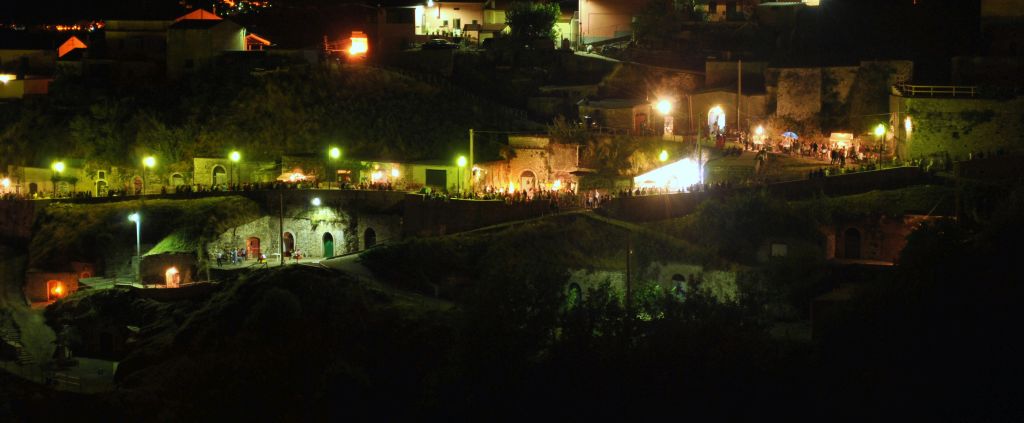



Very characteristic, Barile is one of the Lucanian towns of Arbëreshe (Greek-Albanian) origin, whose language, traditions and religious cults have been preserved for centuries.
North of Basilicata, in the Vulture area, Barile has a suggestive location, located on two hills separated by a ravine. Also considered one of the cities of oil and wine, just outside the village, you can visit the cellars of the "Sheshë", "square", characteristic and very small craft houses with colored doors where the precious Aglianico wine is kept.
At various times of the year the country is the scene of interesting events of taste, dedicated to its food and wine tradition, or of the sacred. Here, in fact, for over four hundred years, the oldest Sacred Representation of Basilicata has taken place, which on Good Friday recalls the Passion of Christ. Very suggestive, the historic center of Barile is a succession of characteristic arches, portals and stone-paved streets, through which you can discover the arbëreshë traditions.
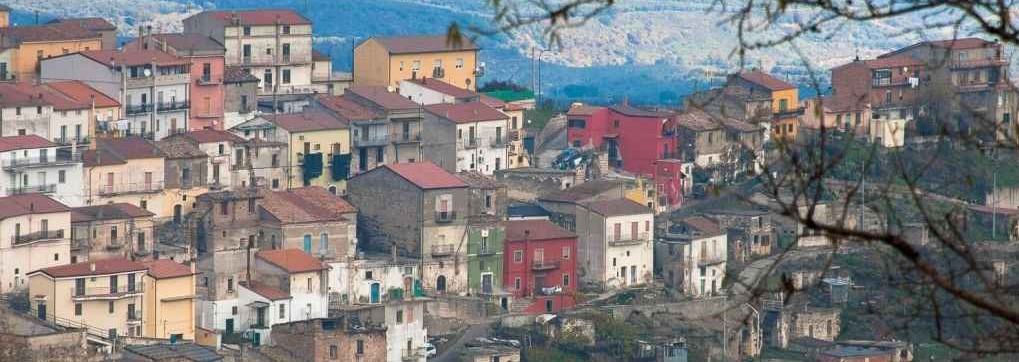
Albanian origins resonate in the Arbëreshë (Greek-Albanian) pronunciation of its name, "Barilli", a pronunciation which, however, does not seem to have an exact derivation.
Barile shares its Albanian root with other Lucanian municipalities of Vulture - such as Ginestra and Maschito - and of the Pollino area - such as San Costantino Albanese and San Paolo Albanese. The first Greek-Albanian colony that arrived in Vulture until it reached Barile, followed by numerous other similar realities, was called "Arbëreshë".
In this village the Greek rite remains until the seventeenth century, although several cults of Orthodox and Albanian origin are still preserved today. In 1861 the Vulture community experienced moments of historical importance with the spread of the Lucanian brigandage phenomenon.
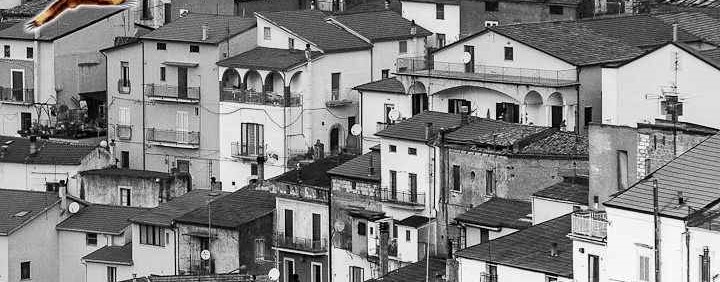
The traces of Albanian origins also remain etched in the culture and in some of Barile's architecture, it is discovered by going through its historic center and the areas that surround it.
Arches and portals, stone-paved streets and characteristic alleys, but also historic buildings and religious architecture of interest cross each other along the characteristic historic center of Barile, certainly one of the destinations to be fixed in an itinerary to discover the Melfese Vulture.
Moving slightly from the village, north-east of Barile, the singular and curious cellars of the "Sheshë", which means "square", a hilly complex consisting of a set of caves dug into the lava tuff, are certainly worth a visit. always used to store the excellent Aglianico DOC wine, one of the excellence of the Vulture Melfese and Basilicata.
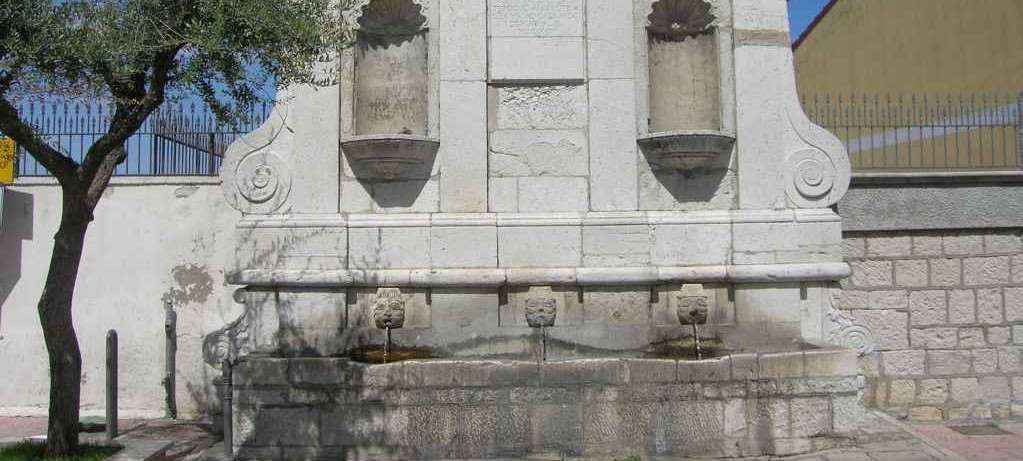
It is a really interesting architecture, especially for the curious apotropaic figures that distinguish it.
Just in Piazza Garibaldi, the main one of the town, it is a monument of historical and artistic interest made on commission by an Albanian nobleman (1713) and consisting of four pillars surmounted by a double order of frames, one of which is decorated with a coat of arms on which the image of the Madonna of Constantinople, Patroness of Barile, is carved. The water flows from three carved and carved stones in the shape of apotropaic figures, in the late Baroque style, which, according to ancient popular beliefs, should have kept negative and magical influences away from the fountain, and from the town itself.
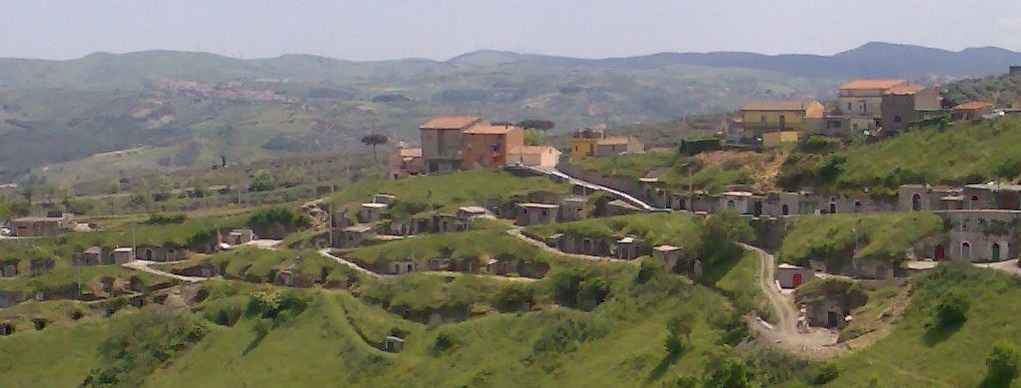
Also known as "Cantine dello Scescio", they dominate the landscape outside the town and for their suggestiveness the director Pasolini chose them as the location for his "Il Gangelo Secondo Matteo".
They are characterized by a hilly massif where, as if they were embedded, they allow themselves to be admired numerous caves dug into the lava tuff, first, a refuge for Albanian immigrants who reached Barile and other villages of the Vulture, then, and in part still today, used as cool cellars with colored doors in which to store the wine.
Precisely inspired by the natural and suggestive background of the "Sheschë", which in some respects makes them very similar to the Palestinian landscapes, the director Pier Paolo Pasolini, in 1964, decided to shoot some of the most intense scenes of his masterpiece, in particular those of the Nativity and the Massacre of the Innocents.
Every year in August this extraordinary scenario comes alive thanks to a very successful cultural and food and wine event: "Cantinando Wine & Art", in which art, in the form of music, painting, cinema and sculpture, meets the flavor and typicality of the products and wine tasting of Barile and Vulture.
